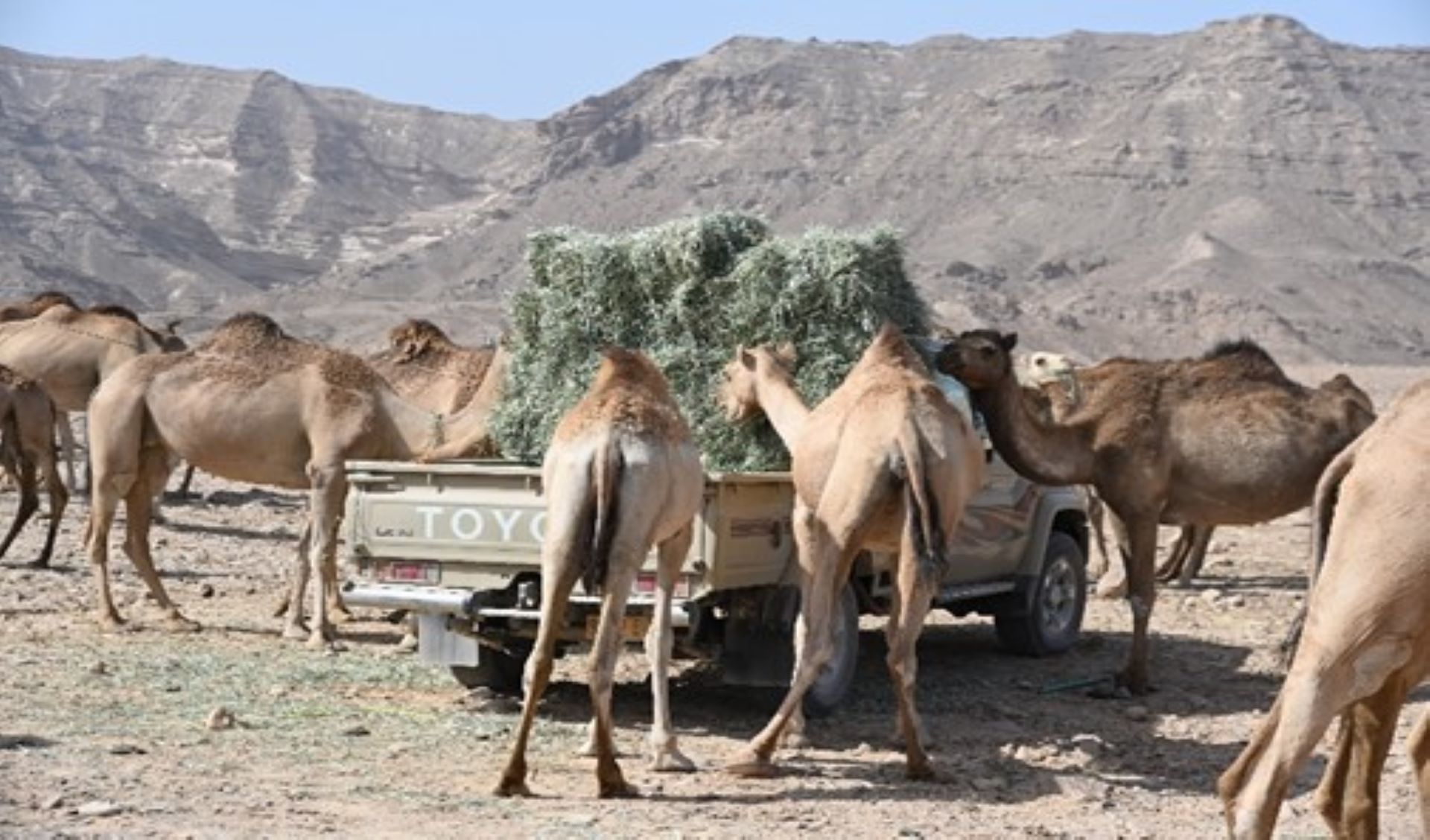Camel milk at the risk of political economy: from gift economy to market economy
DOI:
https://doi.org/10.19182/remvt.37263Keywords
Camelids, camel milk, livestock systems, economic value, pastoralism, sedentarizationAbstract
Camel milk was discarded for long time from the market because its only availability in the more remote places of the earth. Such context is probably at the origin of the camel farmers’ conviction that selling camel milk was a “taboo” to which a religious dimension was given eventually. Yet, associated only to the “economy of gift”, such achievement changed drastically within few decennials up to market economy, partly capitalist. The present paper is mobilizing the concepts of gift economy and market economy to understand the current mutations and gives the example of Sultanate of Oman for illustrating what is the significance of the camel milk merchandizing. The case of the Sultanate of Oman is emblematic in the sense that developments there are recent and extremely rapid, in a very specific environmental and socio-political context. While these changes are based on the Omani example, they appear to be largely universal and explain the strong growth expected in the milk trade worldwide, and not just in traditional milk-producing countries.
Downloads

Downloads
-
Abstract1753
-
pdf (Français)1120
Received
Accepted
Published
How to Cite
Issue
Section
Categories
License
© B.Faye et al., hosted by CIRAD 2024

This work is licensed under a Creative Commons Attribution 4.0 International License.





